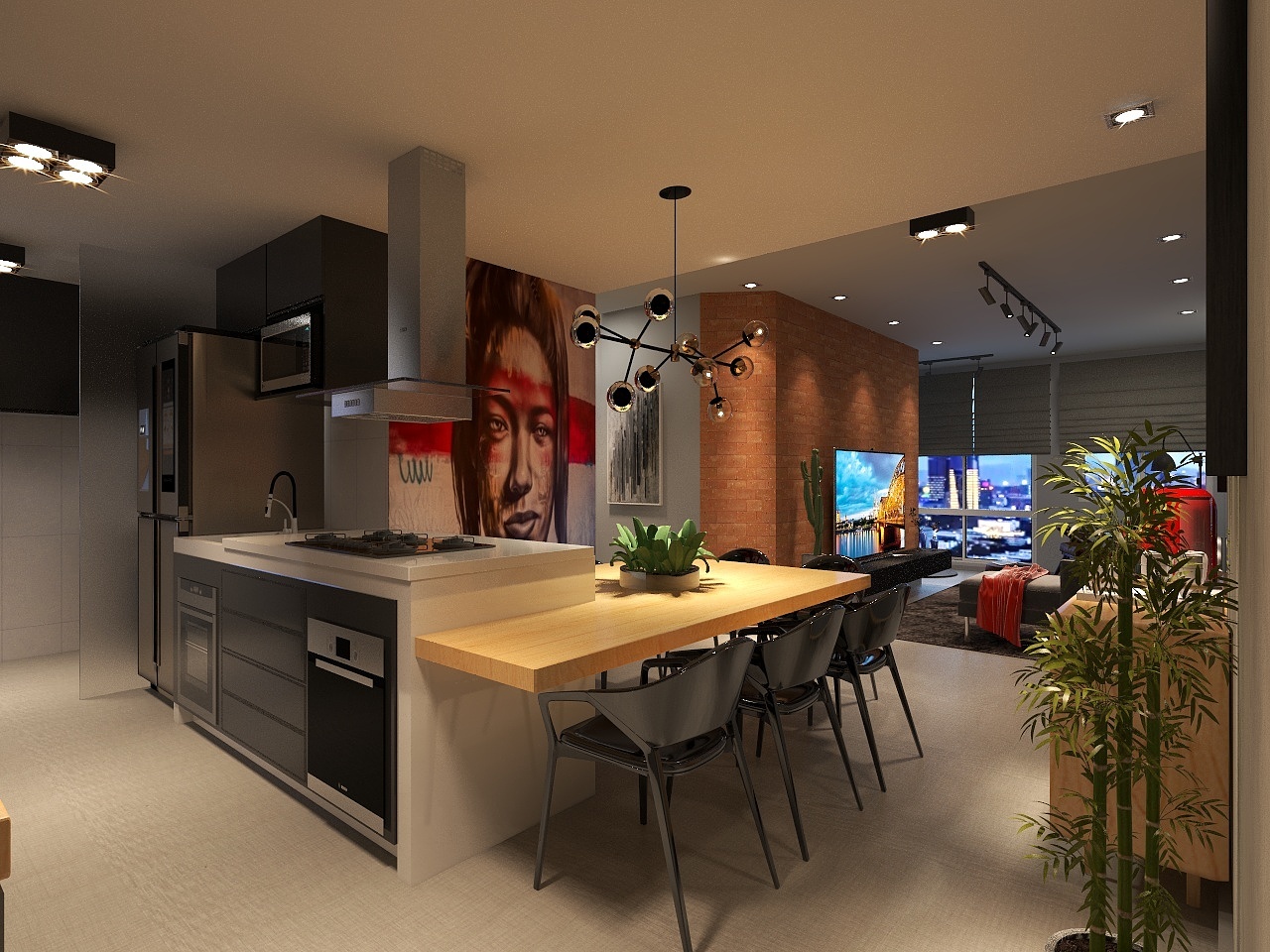Floor plan for a classroom: Creating the Perfect Classroom Layout to Enhance Learning

Designing a floor plan for a classroom involves careful consideration of space, functionality, and student interaction. A well-thought-out classroom layout not only helps maximize the use of space but also fosters a conducive learning environment. This article will guide you through various aspects of creating an effective classroom floor plan.
Firstly, consider the size and shape of the classroom. Most classrooms are rectangular, but the dimensions may vary significantly. A typical classroom ranges from 600 to 900 square feet. Depending on the number of students, you will need to arrange desks or tables accordingly. Aim for a layout that allows easy movement and access, ensuring that all students can see and hear the teacher clearly.
Next, think about the furniture arrangement. There are various configurations to choose from, such as traditional rows, clusters, or U-shape setups. The traditional rows allow for straightforward instruction but may inhibit collaboration. Clustering desks encourages group work and interaction among students, while a U-shape layout promotes discussion and engagement. Choose the arrangement that best suits your teaching style and the subject matter.
Incorporate essential areas into your classroom floor plan. Besides desks and chairs, include a teacher's desk, a whiteboard or chalkboard, storage for supplies, and space for technology like computers or projectors. Make sure there is also a reading corner or a quiet area for students needing a break from the main classroom activities.
Lighting and ventilation are crucial elements in classroom design. Natural light improves mood and helps students stay focused, so try to position desks near windows. Ensure good ventilation by keeping the space airy, as a comfortable environment contributes to better learning outcomes.
Don't forget about accessibility. Ensure that pathways in your classroom are clear and that furniture is arranged to accommodate students with disabilities. An inclusive classroom promotes a positive atmosphere for all learners.
To visualize your classroom floor plan, consider using design software like Coohom. This tool allows you to create a 3D model of your classroom layout, enabling you to experiment with different configurations before finalizing your design. It also provides access to a vast library of furniture models, so you can see how various options would look in your space.
Finally, gather feedback from students and fellow teachers. Their insights can help you refine your classroom layout to better meet the needs of all learners. Remember, the goal is to create an environment that enhances learning, encourages collaboration, and inspires creativity.
Tips 1:
Experiment with different furniture arrangements and solicit feedback from your students to find the most effective layout.
FAQ
Q: How can I incorporate technology into my classroom floor plan?A: Consider placing desks near power outlets and ensuring that your layout allows for easy access to projectors and computers.
Q: What is the best furniture arrangement for a small classroom?A: In smaller spaces, clustering desks or using a U-shape can help maximize interaction while maintaining a sense of openness.
Q: How do I make my classroom more inclusive?A: Ensure clear pathways, provide flexible seating options, and consider the needs of all students when designing your layout.
welcome to Coohom
Please check with customer service before testing new feature.

